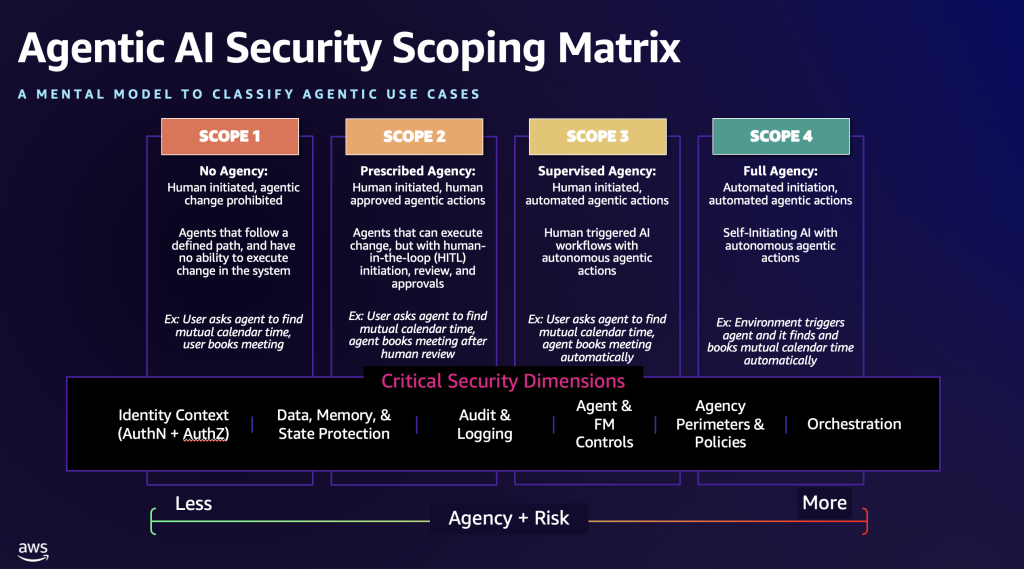AWS Security Blog
China-nexus cyber threat groups rapidly exploit React2Shell vulnerability (CVE-2025-55182)
Within hours of the public disclosure of CVE-2025-55182 (React2Shell) on December 3, 2025, Amazon threat intelligence teams observed active exploitation attempts by multiple China state-nexus threat groups, including Earth Lamia and Jackpot Panda. This critical vulnerability in React Server Components has a maximum Common Vulnerability Scoring System (CVSS) score of 10.0 and affects React versions […]
AWS Private Certificate Authority now supports partitioned CRLs
Public Key Infrastructure (PKI) is essential for securing and establishing trust in digital communications. As you scale your digital operations, you’ll issue and revoke certificates. Revoking certificates is useful especially when employees leave, migrate to a new certificate authority hierarchy, meet compliance, and respond to security incidents. Use the Certificate Revocation List (CRL) or Online […]
How to use the Secrets Store CSI Driver provider Amazon EKS add-on with Secrets Manager
In this post, we introduce the AWS provider for the Secrets Store CSI Driver, a new AWS Secrets Manager add-on for Amazon Elastic Kubernetes Service (Amazon EKS) that you can use to fetch secrets from Secrets Manager and parameters from AWS Systems Manager Parameter Store and mount them as files in Kubernetes pods. The add-on […]
AWS Secrets Manager launches Managed External Secrets for Third-Party Credentials
Although AWS Secrets Manager excels at managing the lifecycle of Amazon Web Services (AWS) secrets, managing credentials from third-party software providers presents unique challenges for organizations as they scale usage of their cloud applications. Organizations using multiple third-party services frequently develop different security approaches for each provider’s credentials because there hasn’t been a standardized way […]
Introducing guidelines for network scanning
Amazon Web Services (AWS) is introducing guidelines for network scanning of customer workloads. By following these guidelines, conforming scanners will collect more accurate data, minimize abuse reports, and help improve the security of the internet for everyone. Network scanning is a practice in modern IT environments that can be used for either legitimate security needs […]
Practical steps to minimize key exposure using AWS Security Services
Exposed long-term credentials continue to be the top entry point used by threat actors in security incidents observed by the AWS Customer Incident Response Team (CIRT). The exposure and subsequent use of long-term credentials or access keys by threat actors poses security risks in cloud environments. Additionally, poor key rotation practices, sharing of access keys […]
Accelerate investigations with AWS Security Incident Response AI-powered capabilities
If you’ve ever spent hours manually digging through AWS CloudTrail logs, checking AWS Identity and Access Management (IAM) permissions, and piecing together the timeline of a security event, you understand the time investment required for incident investigation. Today, we’re excited to announce the addition of AI-powered investigation capabilities to AWS Security Incident Response that automate […]
The Agentic AI Security Scoping Matrix: A framework for securing autonomous AI systems
As generative AI became mainstream, Amazon Web Services (AWS) launched the Generative AI Security Scoping Matrix to help organizations understand and address the unique security challenges of foundation model (FM)-based applications. This framework has been adopted not only by AWS customers across the globe, but also widely referenced by organizations such as OWASP, CoSAI, and […]
Introducing the Landing Zone Accelerator on AWS Universal Configuration and LZA Compliance Workbook
We’re pleased to announce the availability of the latest sample security baseline from Landing Zone Accelerator on AWS (LZA)—the Universal Configuration. Developed from years of field experience with highly regulated customers including governments across the world, and in consultation with AWS Partners and industry experts, the Universal Configuration was built to help you implement security […]
Transfer data across AWS partitions with IAM Roles Anywhere
Transfer across AWS Cloud partitions. Different identity planes. Long-lived IAM user credentials. As an enterprise customer, you might need to bring together security, operational, and compliance data from multiple AWS partitions. Creating a holistic view of these types of data is critical to support operations and applications but understanding how to accomplish this while maintaining […]









